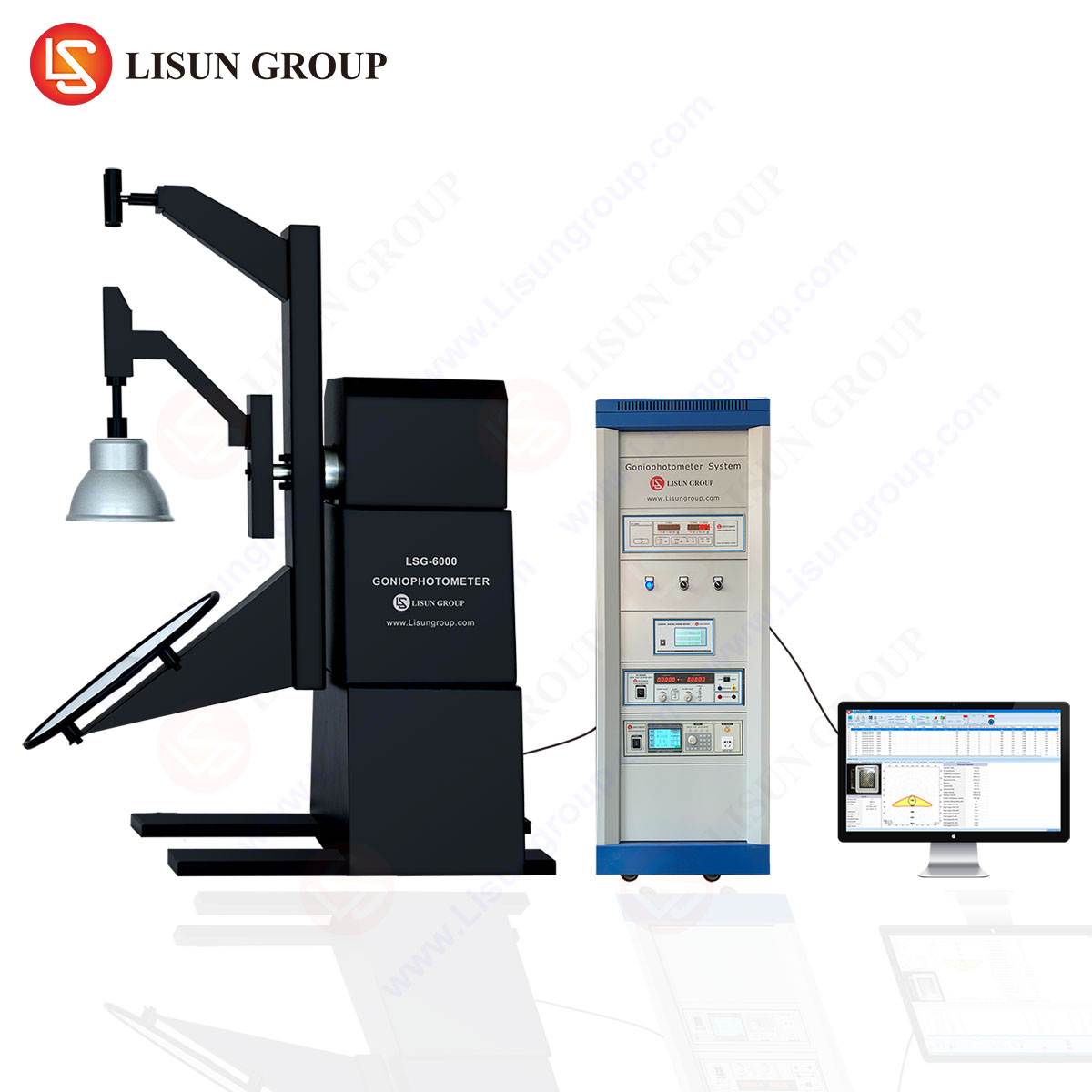Fundamentals of Electromagnetic Interference in Modern Electronics
Electromagnetic Interference (EMI) refers to the disruption of electronic device performance due to unintended electromagnetic emissions or susceptibility to external fields. EMI manifests as conducted interference (through power lines or signal cables) or radiated interference (propagated through air). The proliferation of high-frequency electronics, wireless communication, and power electronics has intensified EMI challenges across industries, necessitating rigorous testing and mitigation strategies.
Key sources of EMI include switching power supplies, motor drives, radio transmitters, and digital circuits. The effects range from minor signal degradation to catastrophic system failures, particularly in sensitive applications such as medical devices, aerospace systems, and automotive electronics.
Regulatory Standards Governing EMI Compliance
Global regulatory frameworks mandate EMI compliance to ensure device interoperability and safety. Key standards include:
- CISPR 11/EN 55011: Industrial, scientific, and medical equipment.
- CISPR 14-1/EN 55014-1: Household appliances and power tools.
- CISPR 22/EN 55022: Information technology equipment.
- FCC Part 15: Unintentional radiators in the U.S.
- IEC 60601-1-2: Medical electrical equipment.
Non-compliance risks market access penalties, product recalls, and reputational damage.
The Role of EMI Receivers in Compliance Testing
EMI receivers are specialized instruments designed to measure conducted and radiated emissions with high precision. Unlike spectrum analyzers, EMI receivers incorporate quasi-peak, average, and peak detectors per CISPR standards, ensuring accurate regulatory assessments.
LISUN EMI-9KB: Precision in EMI Measurement
The LISUN EMI-9KB receiver exemplifies advanced EMI testing capabilities, featuring:
| Parameter | Specification |
|---|---|
| Frequency Range | 9 kHz – 30 MHz (Conducted), 30 MHz – 1 GHz (Radiated) |
| Dynamic Range | > 100 dB |
| Detector Modes | Quasi-Peak, Average, Peak, RMS |
| Compliance | CISPR 16-1-1, ANSI C63.4, MIL-STD-461 |
| Interface | LAN, USB, GPIB |
The EMI-9KB employs a heterodyne architecture with preselection filters to suppress out-of-band signals, ensuring measurement integrity. Its modular design supports upgrades for emerging standards.
EMI Testing Methodologies for Diverse Industries
Automotive Electronics: Mitigating Onboard Interference
Modern vehicles integrate high-power inverters, infotainment systems, and ADAS sensors, creating complex EMI environments. The EMI-9KB evaluates:
- Conducted emissions from DC-DC converters.
- Radiated susceptibility of CAN bus networks.
Testing aligns with ISO 11452 (immunity) and CISPR 25 (emissions).
Medical Devices: Ensuring Patient Safety
MRI machines and implantable pacemakers demand ultra-low EMI. The EMI-9KB verifies compliance with IEC 60601-1-2, detecting:
- Leakage currents in electrosurgical units.
- Radiated noise from switching power supplies.
Industrial Equipment: Robustness in Harsh Environments
Variable-frequency drives (VFDs) and PLCs generate broadband noise. The EMI-9KB’s high dynamic range captures:
- Harmonic distortions up to 40th order.
- Transient spikes from relay switching.
Competitive Advantages of the EMI-9KB
- Adaptive Frequency Resolution: Automatically adjusts RBW per CISPR 16-1-1 requirements.
- Pre-Amplifier Integration: Enhances sensitivity for low-level emissions (< 10 dBμV).
- Multi-Standard Support: Configurable for MIL-STD-461 (military) and EN 55032 (broadcast).
Case Study: EMI Testing in LED Lighting Systems
LED drivers exhibit high-frequency switching noise. Using the EMI-9KB, a manufacturer identified:
- 30 MHz – 300 MHz radiated emissions exceeding EN 55015 limits.
- Mitigation: Ferrite chokes and PCB layout optimization reduced emissions by 12 dB.
Future Trends in EMI Mitigation
- Wideband Gap Semiconductors: GaN and SiC devices require testing up to 6 GHz.
- IoT Device Proliferation: Mesh networks demand multi-channel EMI analysis.
FAQ
Q1: How does the EMI-9KB handle ambient noise during testing?
The receiver employs time-domain gating and ambient subtraction algorithms to isolate device-under-test emissions.
Q2: Can the EMI-9KB test wireless power transfer systems?
Yes, its frequency range covers Qi-standard bands (110 – 205 kHz).
Q3: What is the typical calibration interval for the EMI-9KB?
Annual calibration is recommended per ISO 17025.
Q4: Does the receiver support real-time spectrum analysis?
Optional software enables FFT-based real-time monitoring.
Q5: How does the EMI-9KB compare to legacy EMI testers?
It offers 3x faster scan speeds and 0.5 dB lower measurement uncertainty.







